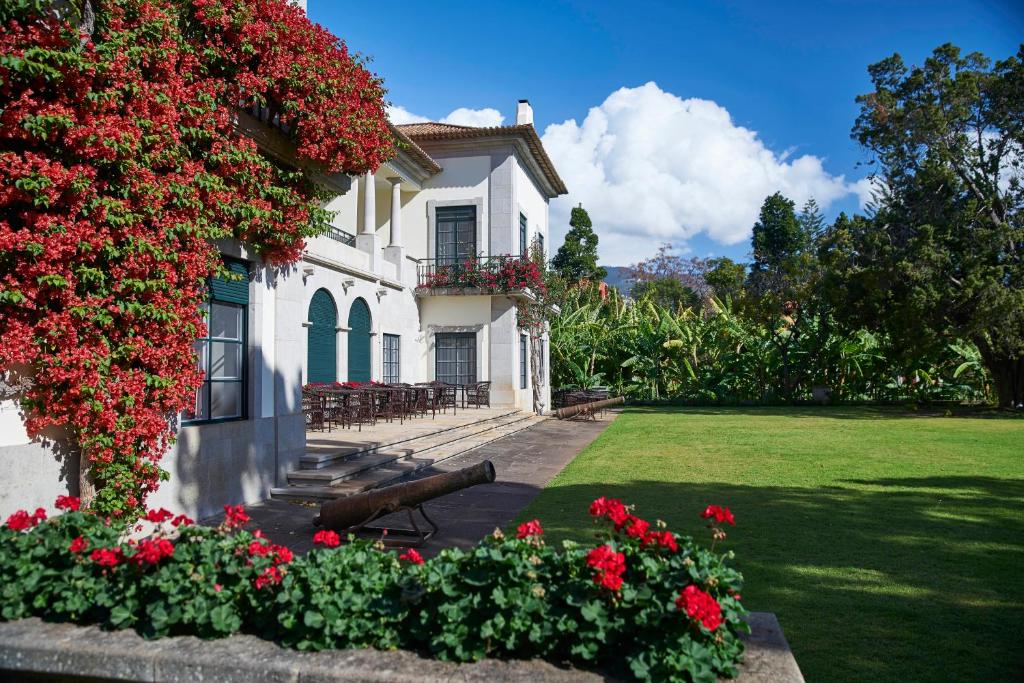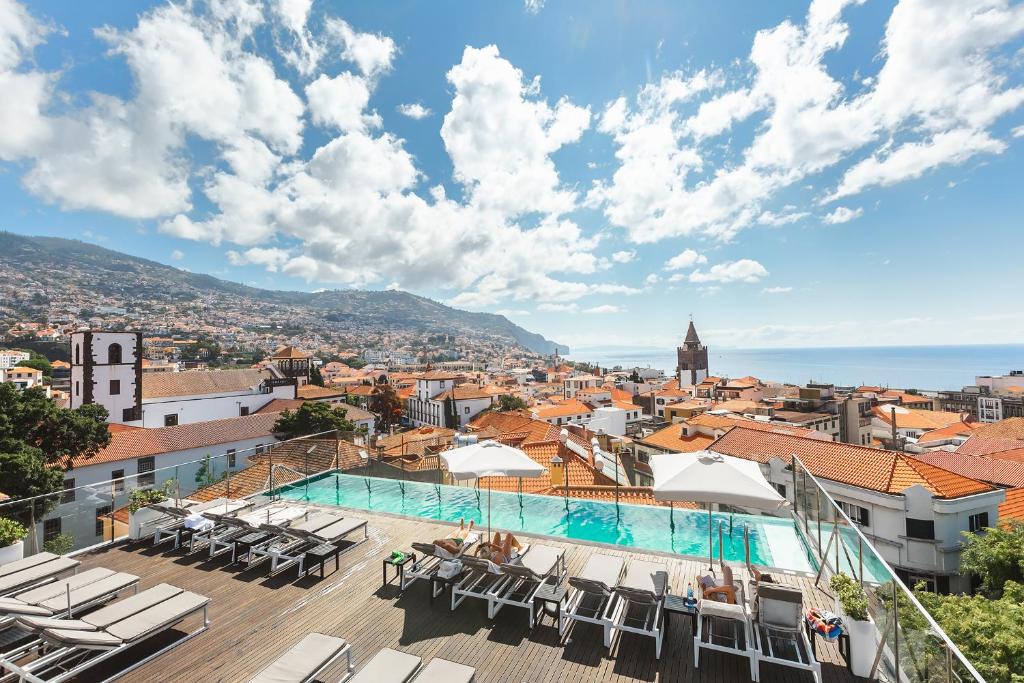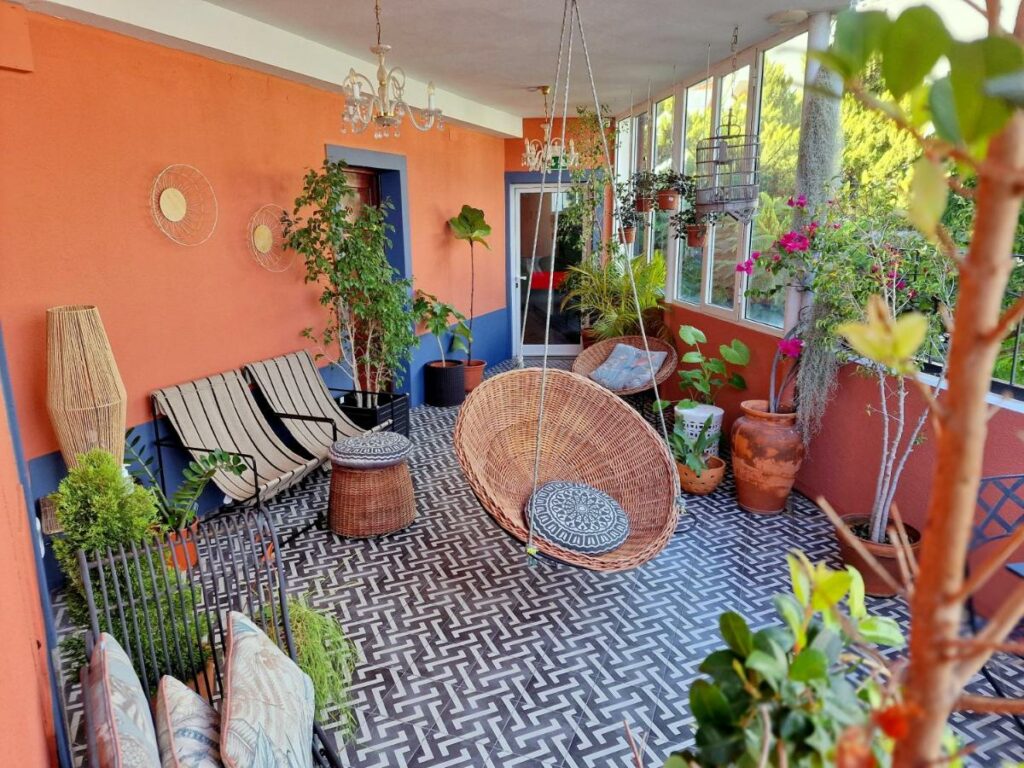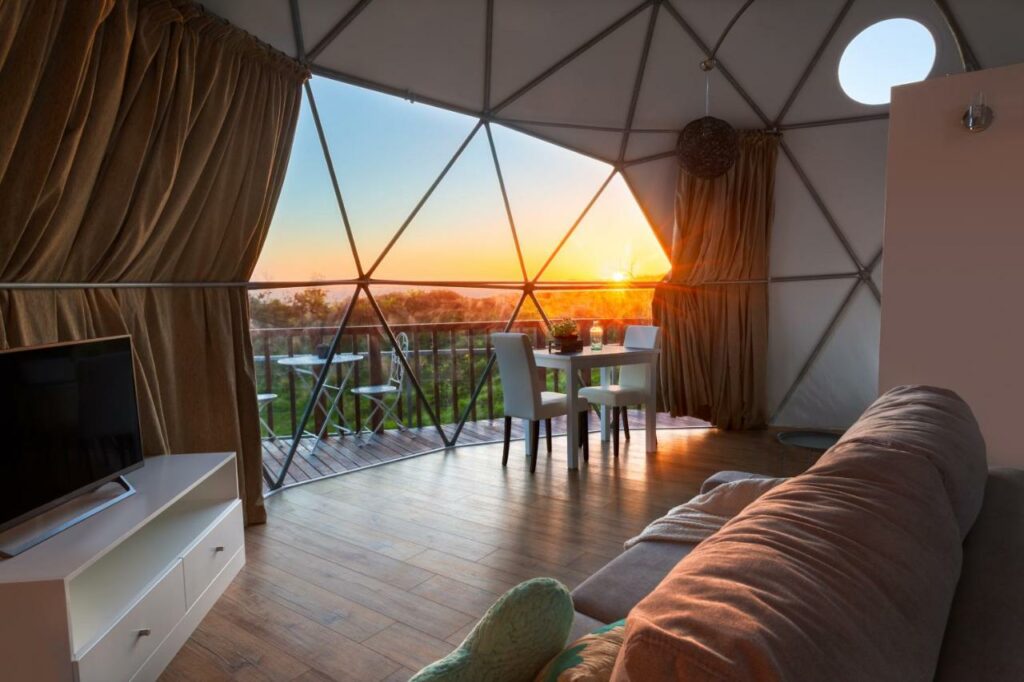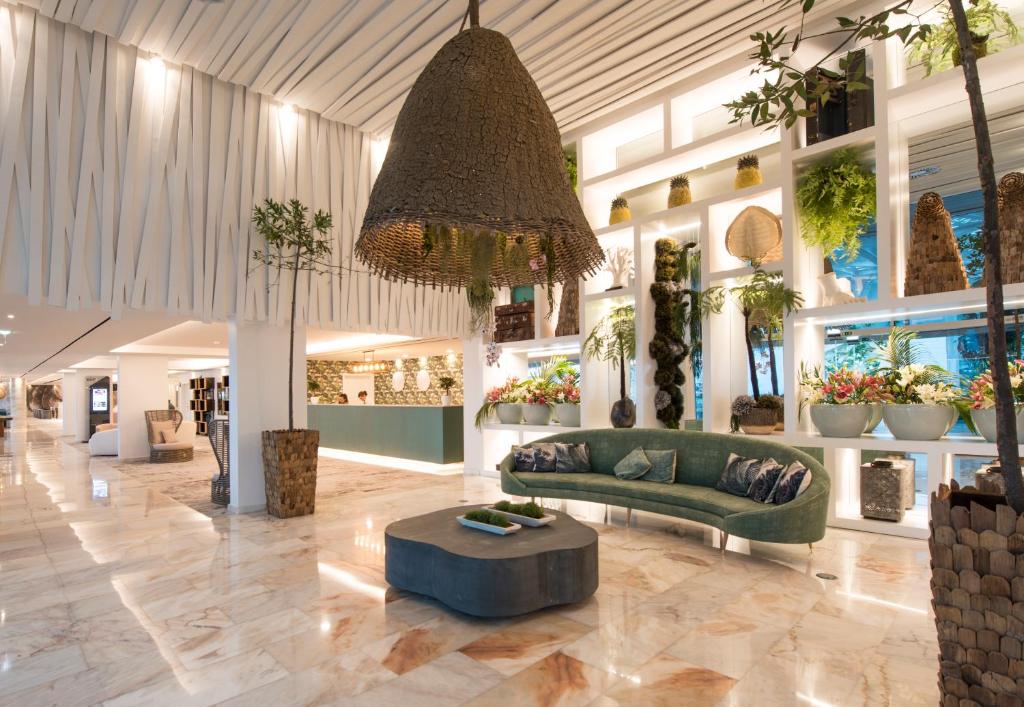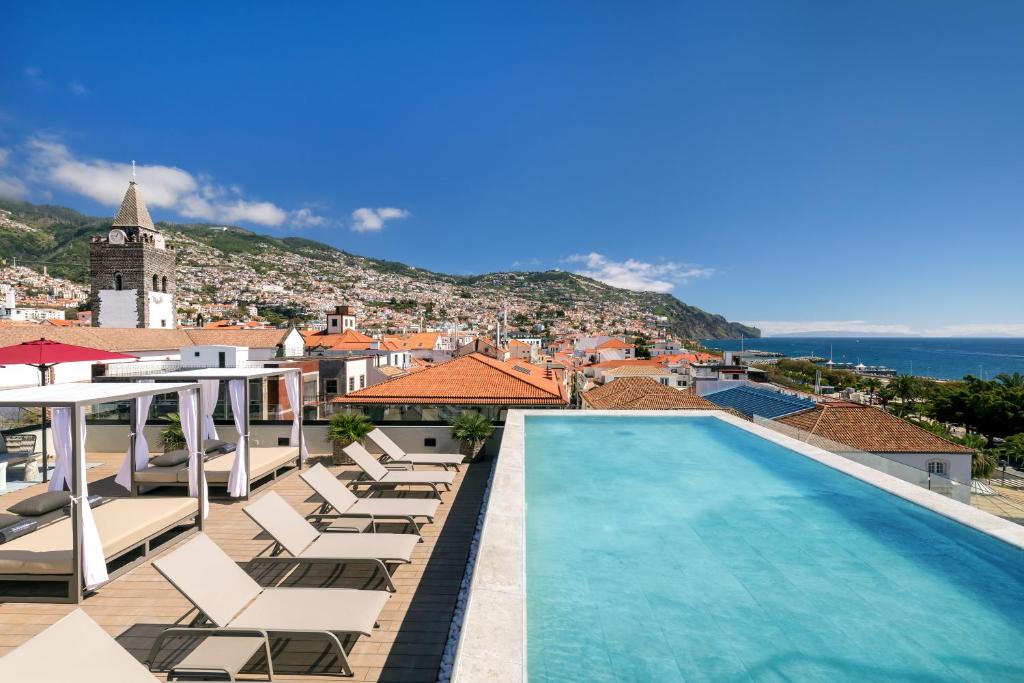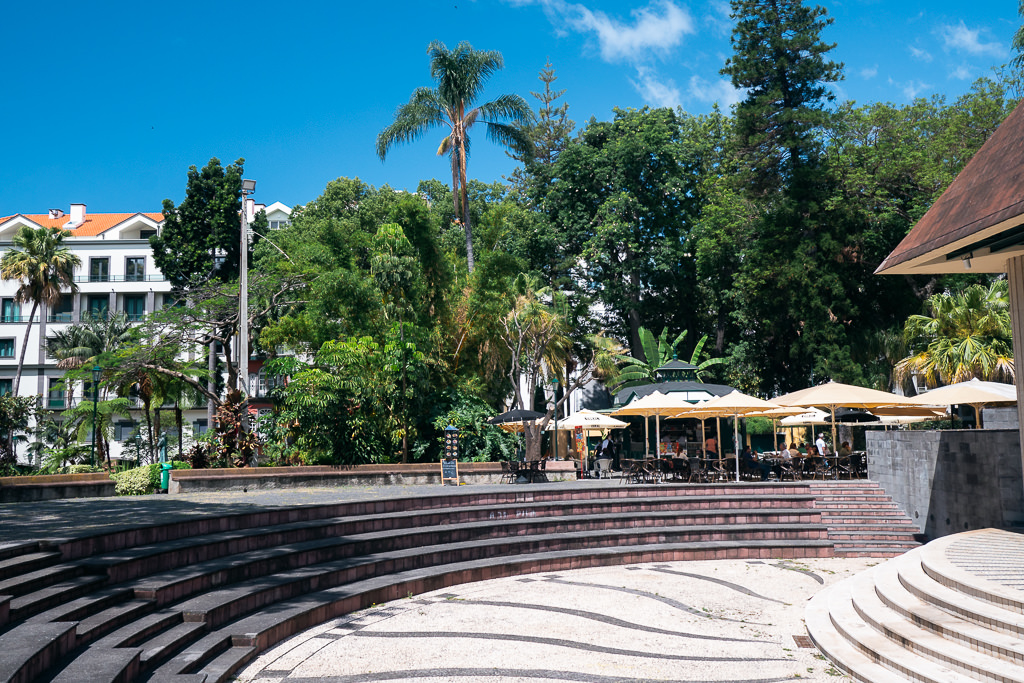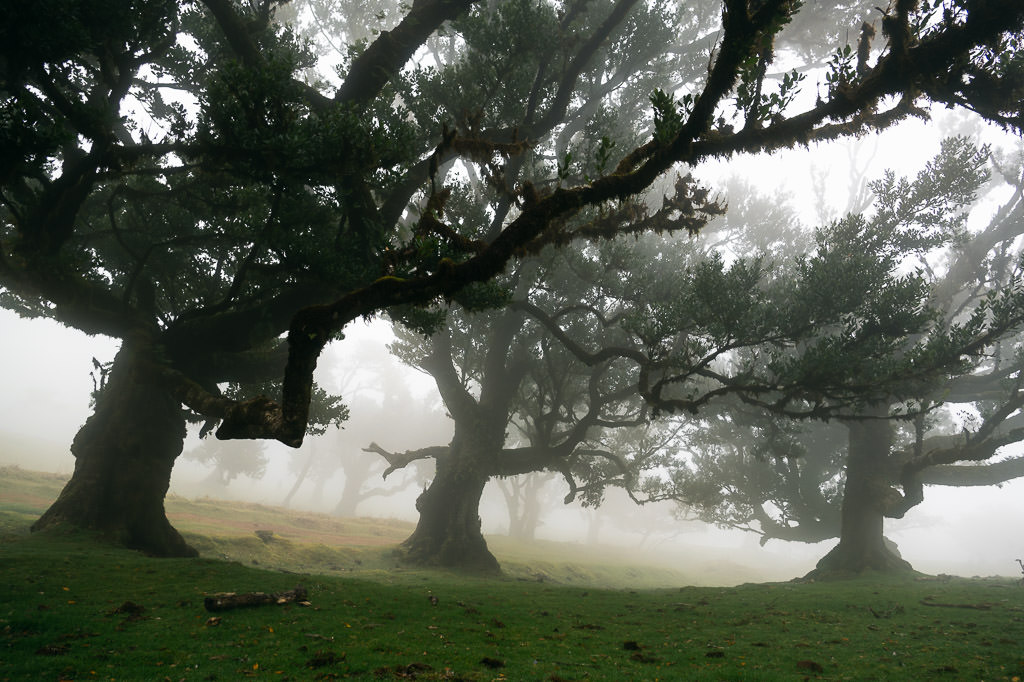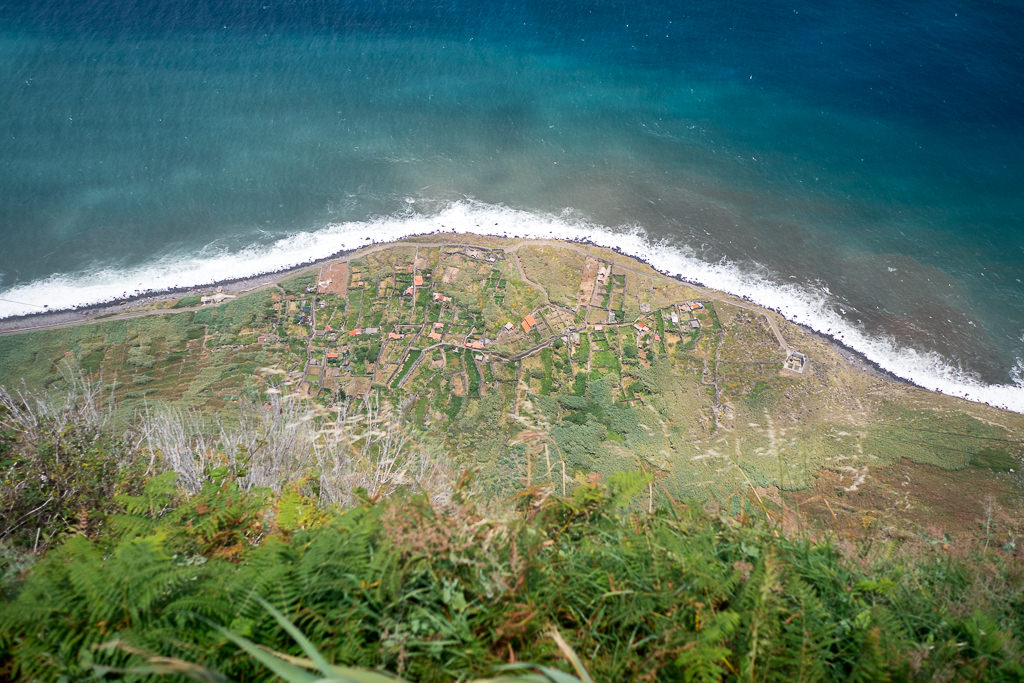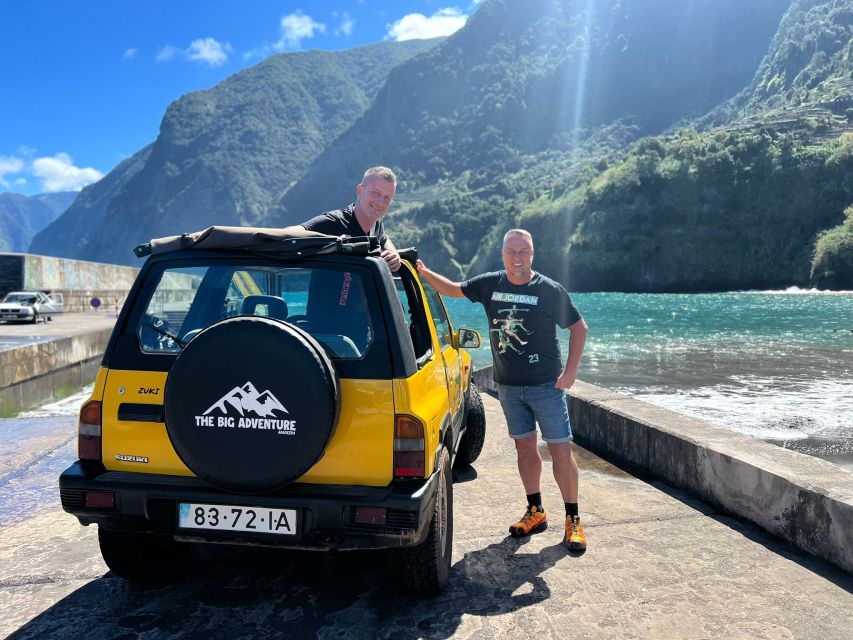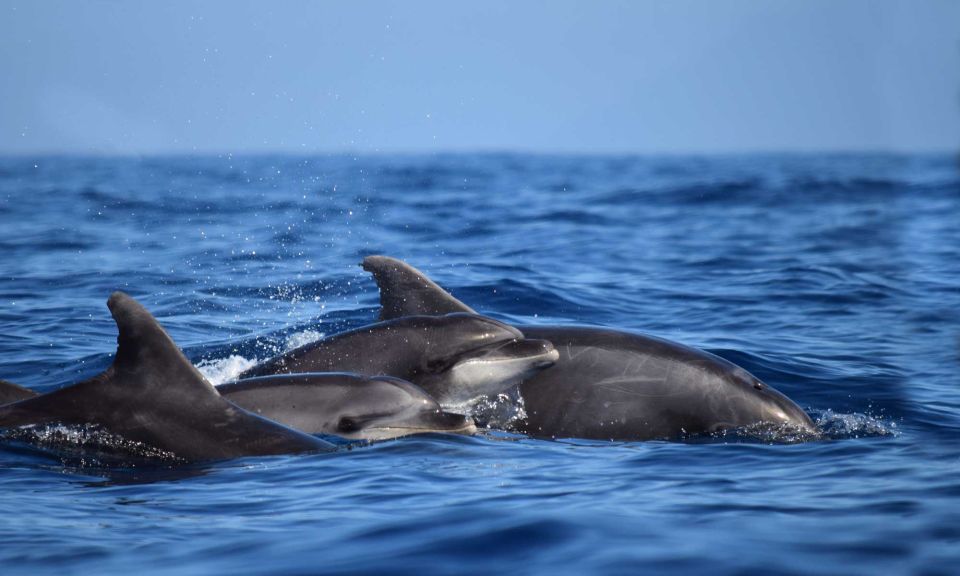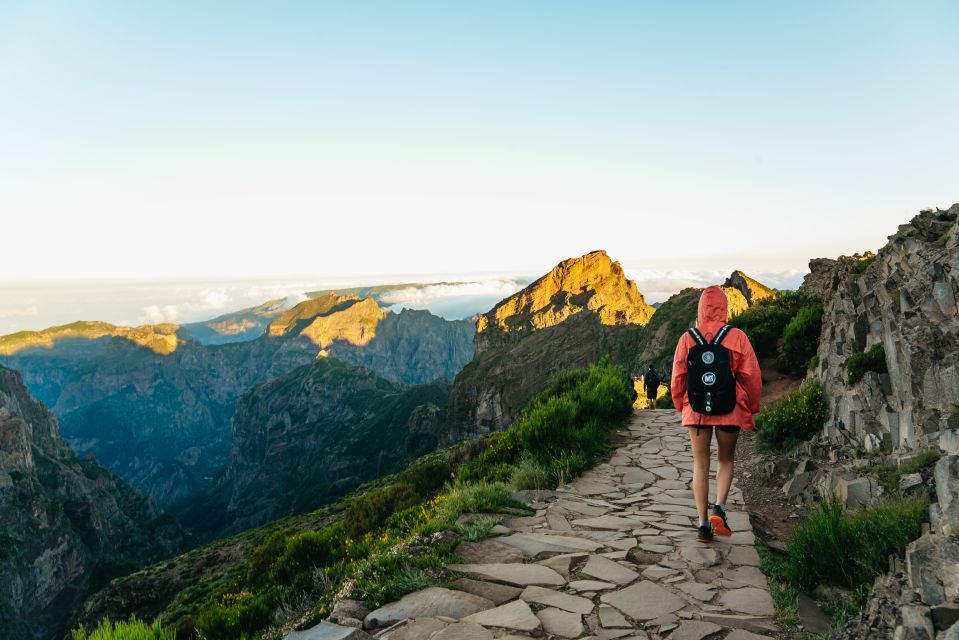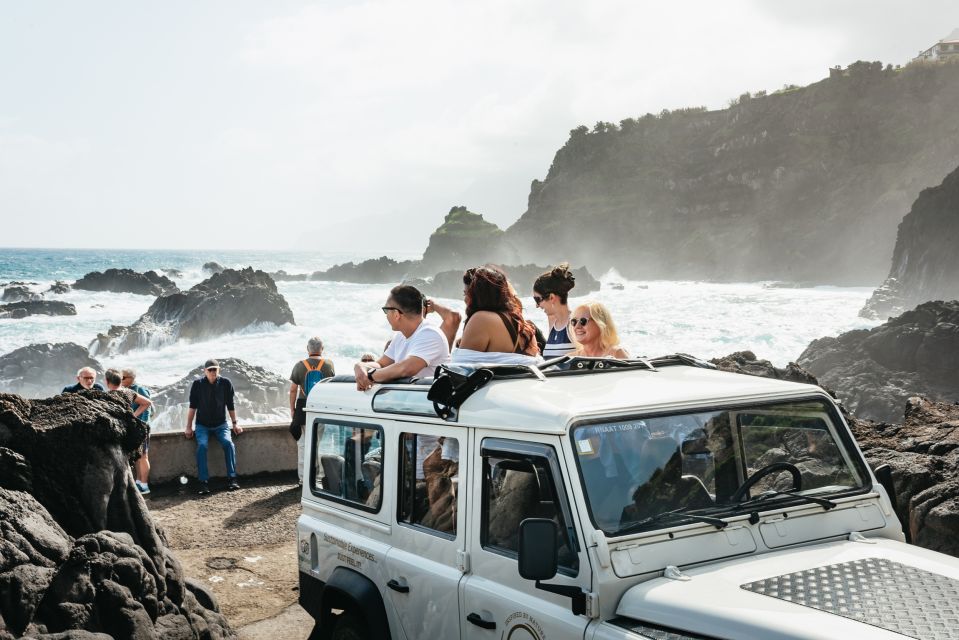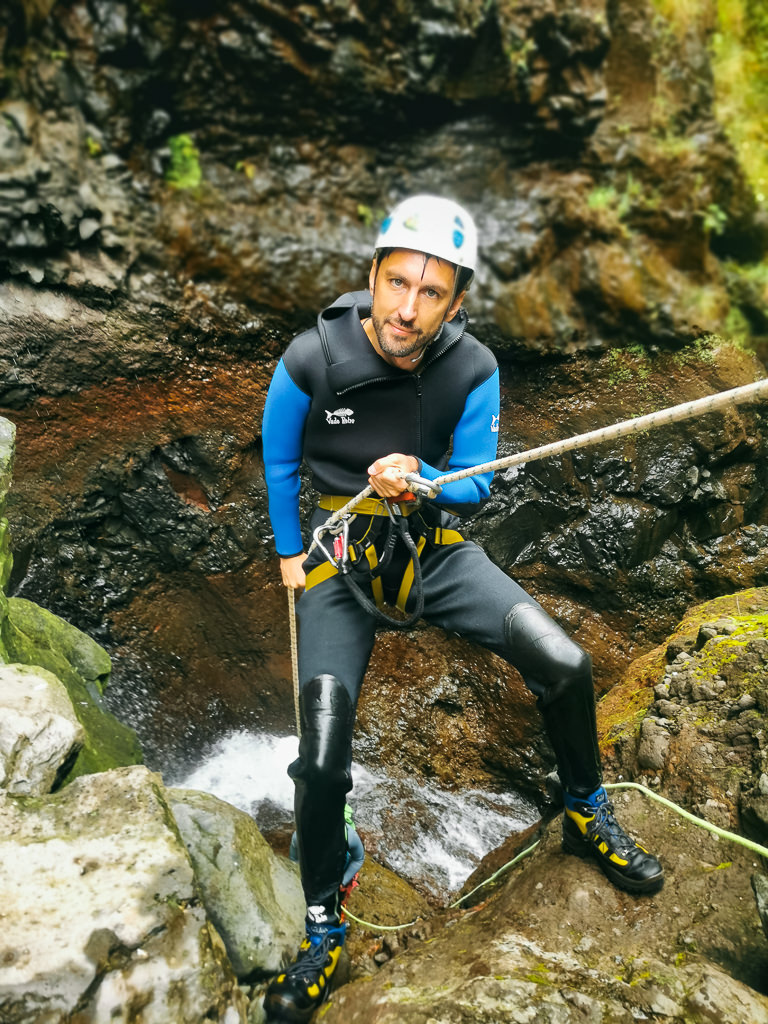Feeling overwhelmed when planning your trip to Madeira? There’s no need to be!
It’s not difficult to travel to Madeira independently, with accommodation, transport, and activities easily booked online.
Thanks to the island being relatively small, it also won’t matter too much where to stay on the island, at least practically speaking. Sights are rarely more than an hour’s drive away, though you may still want to plan your activities carefully and consider if you want to stay in the city or a village.
Here are the exact steps to plan your trip to Madeira:
1. Choose when to go
Some destinations have a clear “best time to visit” or a low season with categorically terrible weather. Not so with Madeira, which enjoys mild weather year-round.
This is thanks to its subtropical climate as well as its exposure to an Atlantic breeze. Ocean temperatures vary between 18 ºC and 24 ºC all year round.
The tourist high season is, predictably, still around the summer months of July and August. It will be the sunniest and also busiest time. Months like April, May, June and September still give you plenty of sunlight and great conditions for hiking and other outdoor activities.
Winter in Madeira feels more like spring on the European continent, with temperatures still regularly reaching 20 ºC. However, the months of November to January are the wettest of the year.
Ultimately there isn’t truly a wrong time to go to Madeira, so you can plan a trip when it best suits you.
2. Decide how long to stay for
For a first-time trip to Madeira, we think 10 to 14 days is ideal, especially if you like to explore, go on road trips, and leave plenty of time for activities.
Mind you, this is our recommendation for a relaxed pace and if you want to explore every corner of the island. 2 weeks is great if you love hiking, or if you’d like to go sightseeing interspersed with more relaxing days at a beach or by the pool.
A 1 week holiday in Madeira lets you see many of the highlights and do two, maybe three, of the top hikes. It’s still a good amount of time for a full experience of Madeira.
Anything less than a week will be cutting it quite short. Some tourists may visit only for a day (coming from cruise ships) or a couple of days (e.g. on a weekend trip from Portugal) but this will be limiting. We do have some additional tips for how long to stay in Madeira and how to plan a great trip even if you don’t have much time.
The island is somewhat small, but also not that small. It still takes at most about 90 minutes to drive from one side to the other and there are numerous places to check out.
Long stays are also an option. Digital nomads and remote workers have discovered the island in recent years, often staying for months on end.
3. Find your flights to Madeira
Unless you happen to arrive by cruise ship, you will almost certainly be arriving in Madeira by plane.
Madeira is very well connected to destinations all over Europe. There is also an infrequent flight direct to New York. You can find more details on getting to Madeira here.
4. Stay in Funchal or in the countryside
The capital, Funchal, is the obvious place to be based, especially if it’s your first time visiting Madeira.
Funchal has the most accommodation options, restaurants, transport connections, and more. It’s easy to rent a car while based in the city or to get a tour to pick you up from your hotel there. Within Funchal itself, you can easily reach places on foot, by taxi, or by cable car.
Funchal has a small old centre with cobblestone streets, a marina, and an old fort. It also has more modern areas including the hotel district of Lido where you can easily find a comfortable resort hotel with a swimming pool.
However, being the commercial hub of the island, Funchal is also a very busy and built-up area. It may not be your first choice if you want to be in a quieter place closer to nature.
Booking a hotel, villa, or B&B in a smaller village or town by the coast is our recommendation in this case. Consider places such as São Vicente, Ponta do Sol, Calheta or Machico. For some ideas, check out these charming B&B and holiday homes all over the island.
5. Choose whether to stay in multiple places
With most places at most an hour’s drive away, the argument for splitting your time between multiple accommodations is perhaps not as strong in Madeira. If you want to keep things simple, you can just stay in one accommodation for your entire trip. (We have done so while travelling as a family just to minimize the hassle of packing and moving.)
However, if you’re flexible you could opt to stay in more than one place. For example, you could stay for a week on the sunnier south side of Madeira and a week in the greener and lusher north.
Or you could spend the bulk of your time in Funchal, but add a side trip to the smaller island of Porto Santo, which is known for its sandy beaches.
6. Consider if you’ll need a car
If your stay is mostly about lounging by the pool or beach, you can probably make due with booking a tour or two for your sightseeing. However, by far the best way to truly explore Madeira is to rent a car.
Some places can be reached by public transport, but the buses are intended for residents so typically go to the population centers, not necessarily the sites tourists want to see. The buses also tend to be slow, infrequent, and somewhat confusing. We wrote more about using public transport versus having your own car, but our overall conclusion is that a car is highly preferable.
It’s worth booking ahead your rental car to get your preferred vehicle type at the best price. Be sure top search all the rental companies for the best deals using Discover Cars. This is the platform we always use to book our car rentals in Madeira (or anywhere else).
7. Be aware of the weather
Being in the middle of the ocean and having many mountain peaks and microclimates, the weather in Madeira can be rather changeable.
It can also be highly localized: all that separates rainy and sunny conditions might be a 20-minute drive, for instance when clouds get trapped in the central mountain range.
It’s always a good idea to check the weather conditions on the day, especially if you’re planning to hike. Don’t rely on just Google or Apple’s weather reports as they are based on an average or Funchal only. We recommend checking the island’s live webcams or using the Madeira weather app.
8. Learn about the things to do
There is a lot to do on the island so it’s worth arriving with some knowledge of all the options!
Our goal for this blog is to eventually cover all the activities in Madeira in detail, but for now, here are a few to put on your list:
- Take a ride on a cable car. There is one in Funchal taking you to the botanical gardens. There are several other cable cars that take you to beaches at the bottom of steep cliffs. The steep cable car at Fajã dos Padres is among the steepest inquite exhilarating!
- Go on a levada hike. The levadas are small water channels built all over the island, many of which turned into hiking trails. The 25 Springs levada hike or the Green Cauldron levada hike are two of the most popular. You can find more hiking information here.
- Visit the gardens. The botanical gardens and the Asian-style gardens of Monte Palace in Funchal are highly worth a visit, also offering great views of the city below.
- Go on a road trip. Madeira is best explored by car. If you like windy mountain roads and great views along the coast, then the north is really fun to drive (especially between São Vicente and Porto da Cruz) and the west side of Madeira is perfect for a road trip too.
- Swim at the beaches and natural pools. Madeira isn’t necessarily a “beach holiday” island as there are relatively few beaches. However, several sandy beaches do exist (they’re artificially created), as well as many pebble beaches and several natural pools with sea water, most notably in Porto Moniz.
- Explore the mountains. The central interior parts of Madeira offer some of the most spectacular vistas. Hiking to Pico Ruivo is a must! You can also go to the town of Curral das Freiras and enjoy some mountain views there, or follow the Nuns Valley trail.
- Go on a boat trip. It’s especially worth heading out to sea for a chance to spot dolphins or whales. Many whale-watching tours depart from Madeira between May and September, when whales and dolphins are most plentiful.
9. Don’t forget to pack…
Packing for Madeira isn’t so different from packing for any other trip, though we do recommend bringing clothes for a range of weather conditions.
Even in winter, it’s worth packing some shorts as some days can be wonderfully sunny. And even in summer, it’s worth packing a raincoat or windbreaker, which may come in handy at times.
While temperatures are mild year-round, it’s a good idea to bring something warm (e.g. a hoodie or sweater) to wear in places at higher elevations.
10. Learn a few words of Portuguese
Most locals speak English, but it’s still nice to learn the local lingo.
Most importantly, Madeira is not pronounced similar to “deer”. The Portuguese pronunciation is more similar to “mad – aye – ra”. If you say “mah – deer – ah” they’ll still understand, but locals will be more impressed if you say it in the Portuguese way.
A few other phrases to learn:
Hello – Olá!
Good Morning/Afternoon/Night – Dom Dia, Boa Tarde, Boa Noite
Thank you – Obrigado (if you’re a man) or obrigada (if you’re a woman)
Please – Por favor.
You’re welcome – De nada
Keep in mind that you’re not in Spain and the Portuguese do have a chip on their shoulder about being mistaken for Spanish! While there are some similarities between Portuguese and Spanish, the two languages can also be profoundly different in many ways. English is generally the preferred foreign language.
The accent in Madeira is rather different from the Portuguese mainland, which sometimes even makes it harder for native speakers to understand. If you already know some continental Portuguese or Brazilian Portuguese, you might find it harder to follow along with some of the more thick-accented Madeirans. English is always a good fall-back (people won’t be offended if you use English).
Have a great time in Madeira and be sure to explore the blog for more tips for making the best of your stay!
